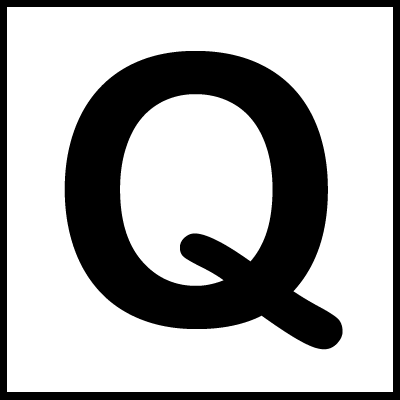QUESTION
Case 40: MOGEN, INC. Teaching Note Synopsis and Objectives In 2006, Merrill Lynch became the lead book runner f
Category: Business
Subject: Finance
Due Date: 05/15/2014
Question Asked: 2014-05-10 06:16:13
Asked by:
User: easy1
Rating: A+ (7)
Earnings: $382.59
Questions: 35
Tutorials: 53
Send me a message

Case 40:
MOGEN, INC.
Teaching Note
Synopsis and Objectives
In 2006, Merrill Lynch became the lead book runner for a $5 billion convertible bond issue for MoGen, Inc. This was the single, largest convertible bond issuance in history and required a considerable amount of effort on the part of Merrill Lynch’s Equity Derivatives Group to convince MoGen’s management to choose Merrill Lynch over its competitors. The case is focused on Merrill Lynch’s choice of the conversion premium and coupon rate to propose to MoGen management. This pricing decision requires students understand the concept of valuing a convertible as the sum of a straight bond plus the conversion option. Valuing the conversion option as a call option requires the estimation of the Black-Scholes model, with the volatility being a particularly challenging input.
On a strategic level, the case introduces students to the concept of matching a company’s business risk with the type of financing: equity, debt, or convertible debt. In that regard, MoGen presents the interesting financial challenge of needing a significant amount of funds for 2006 for a variety of uses, but particularly for its share repurchase plan, which was estimated as $3.5 billion for 2006.
The case is designed for students who already have a basic knowledge of bond valuation and option-pricing principles. Because the case touches on both technical and strategic issues, it works well with undergraduate, MBA, and executive education audiences. The instructor may choose to teach the case in one class period or two. For a one-class experience, Exhibit TN1 serves as the epilogue to hand out at the end of class, whereas for a two-class experience Exhibit TN1 serves as a handout and the beginning point for an assignment for the following class. When taught over two classes, the second class deals with the financial-engineering issues associated with using derivatives to increase MoGen’s conversion premium from 11% (the actual premium) to 50%. Thus, the second class provides a strong reinforcement of option-pricing principles by demonstrating how an investment bank can reconstruct a security by taking long or short positions in puts or call options.
1. How important is it for MoGen to get $5 billion of external funding in 2006? Could the company cut back on its share repurchase program, for example, to reduce the funds needed?
2. What are the pros and cons of issuing convertible debt via straight debt or equity?
3. The case states a convertible bond can be valued as the sum of a straight bond plus a call option. Starting with the current stock price of $77.98 per share, how can you use the Black-Scholes model to estimate the value of the conversion option with a 25% conversion premium for one share of MoGen stock? Be prepared to explain your choice for the stock price, exercise price, risk-free rate, time to maturity, dividend yield, and volatility. How should you convert this option value per share into to the option value for a bond with $1,000 face value?
4. What is the value of the straight bond component? What coupon rate should Manaavi propose in order for the convert to sell at exactly $1,000 per bond? What discount rate did you use to value the straight bond component? Conceptually, what should happen to the coupon rate if Manaavi were to propose a 15% conversion premium? a 40% conversion premium?
5. As MoGen’s CEO, what do like and not like about this proposal from Merrill Lynch? In particular, do you like the 25% conversion premium? the coupon rate?


